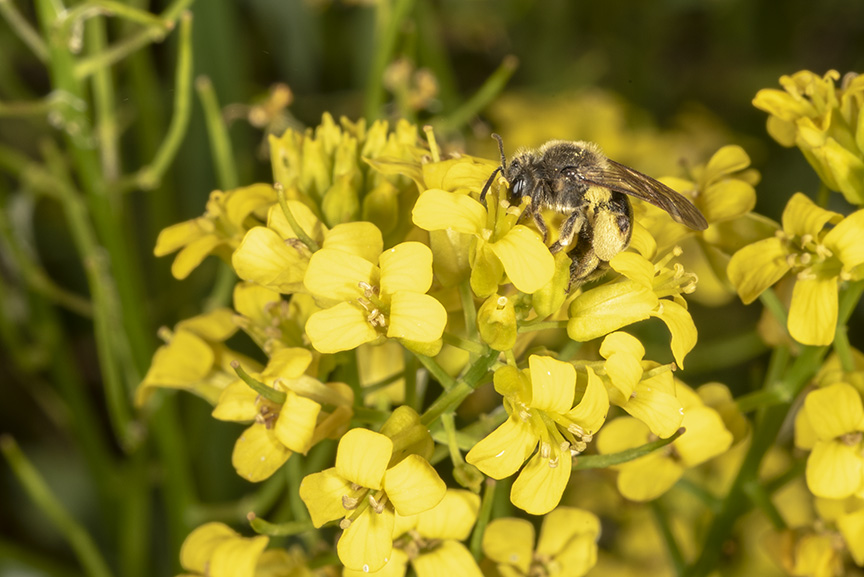Moth flights for both black cutworm and armyworm have been impressive this spring. Unworked/untreated fields are plentiful, and so is the plant life, meaning that there has been no shortage of egg-laying opportunities for these pests. Once soils dry, there will be no luxury of time to prevent a green-bridge, that is to starve the small larvae before they switch from feeding on the dying weeds/cover crops to the emerging crop. So, should one be tempted to be proactive and add some “cheap” insecticide in with the burn-down herbicides. A few factors to consider:
First, seed-applied insecticides and many varieties of Bt-traited corn offer some suppression of black cutworm. The systemic activity of the seed-applied insecticide, and/or the protein production of the Bt-corn are optimal when the corn seedling is actively growing, not so much when corn is stressed. Their performance against larger larvae, >0.5”, is greatly reduced, meaning the later we plant, the larger the pests will be. Though these technologies have weaknesses, in a worst-case scenario, they should allow time to follow-up with scouting trips to determine the extent of damage and rescue treatments if necessary.
Second, understand that foliar insecticides have their limitations, specifically when subjected to sunlight, rainfall, heat, and dust. Claims of multiple weeks of control with foliar insecticides in spring conditions are simply unfounded; 7-10 days of control is the most optimistic measure. Remember that these are contact insecticides, and as soon as they hit the soil, breakdown begins.
Finally, these “insurance” insecticides may cause catastrophic losses to beneficial organisms where applied. There is plethora of arthropods in every field, including the decomposers and natural enemies. Springtails and millipedes are among many that are commonly found in agronomic fields, they along with earthworms and microscopic organisms break down crop residues. Natural enemies, e.g., ground beetles, spiders, etc., work in our favor by feasting on cutworms/armyworms/slugs and their eggs. Pollinators of all shapes and sizes are present in flowering fields, whether it be weeds or cover crops. It is simply amazing to sit among these flowering plants and behold the many small bees, flies, moths, and butterflies, not to mention honeybees working. Unfortunately, all these beneficial organisms are negatively impacted should they come in contact with insecticide.
We can manage black cutworm and armyworm effectively and have done so in the past. Timely scouting and rescue foliar insecticides, when necessary, are the tried and true approach to controlling these pests. Happy scouting!





